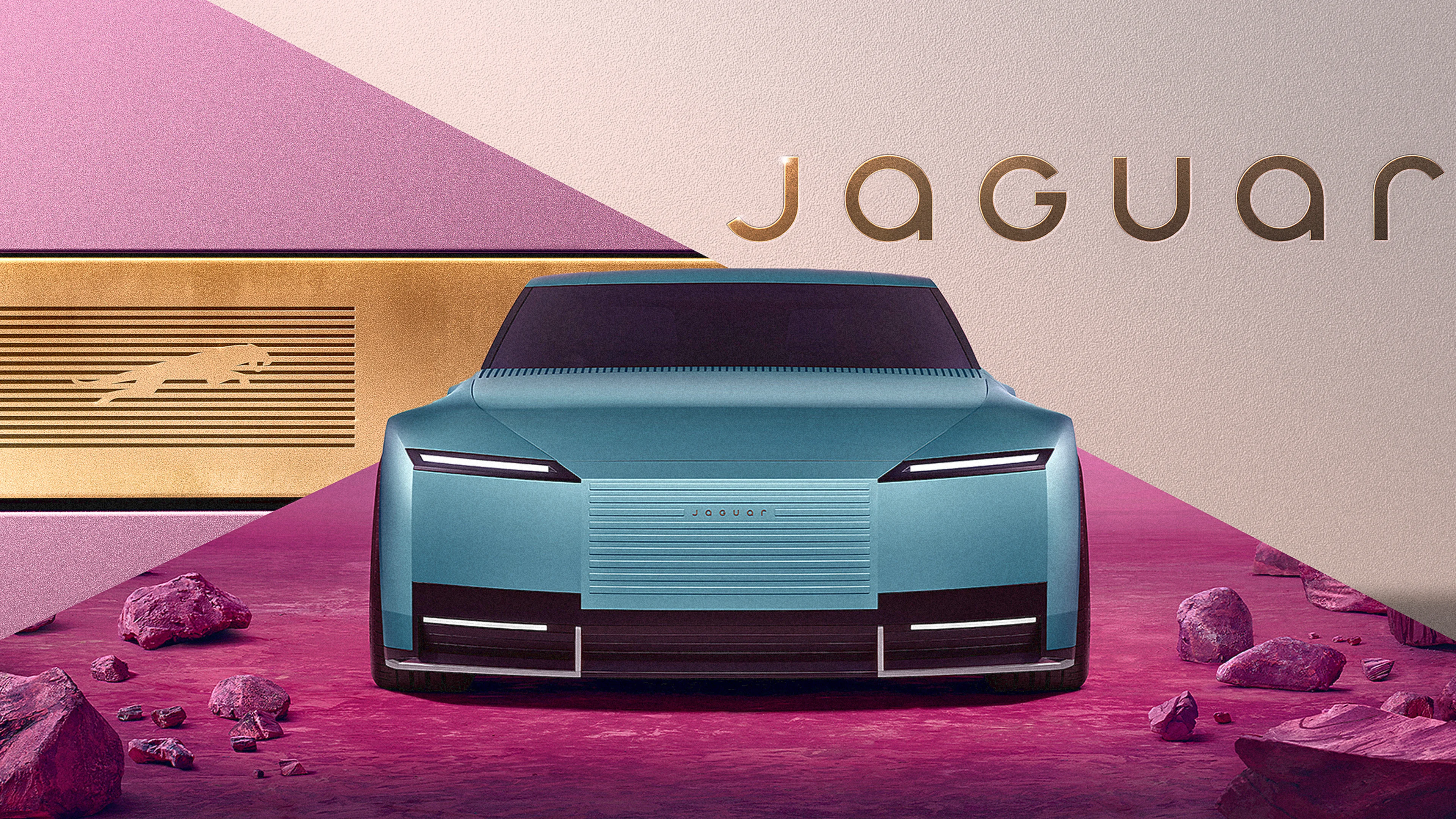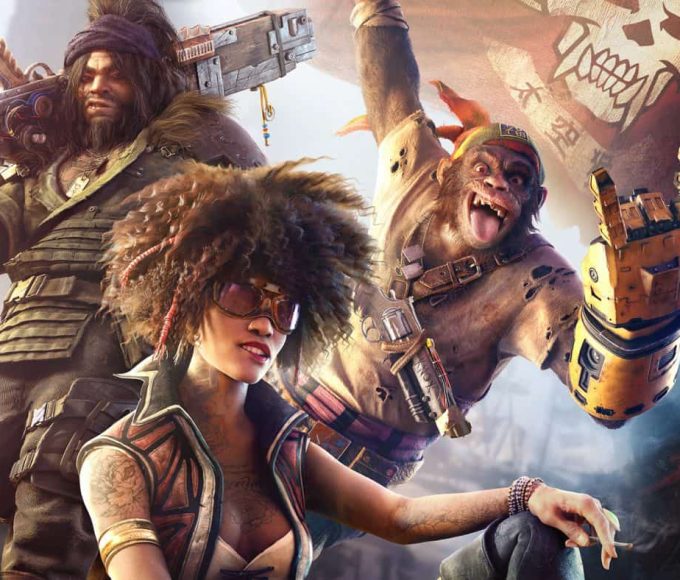In 2024, Jaguar stands at a critical juncture, facing three significant challenges: accelerating its transition to electric vehicles (EVs), managing relentless criticism from digital platforms, and dealing with the consequences of prioritizing political correctness over brand identity. Once renowned for its iconic luxury and performance, the British marque now confronts existential threats as it retools for an electrified future while alienating core customers through divisive marketing and strategic missteps. This article examines how Jaguar’s transformation—marked by bold investments, controversial branding, and societal pressures—is reshaping its legacy in an era of rapid technological and cultural change.

The Electrification Push: A High-Stakes Gamble
Strategic Overview and Financial Commitment
Jaguar’s “Reimagine” strategy, unveiled in 2021, represents a monumental shift toward electrification. The brand has committed £18 billion to this transition by 2030, with the goal of becoming a leader in “modern luxury” electric vehicles. This investment includes a substantial £500 million allocated to retooling the Halewood plant, enabling it to produce both hybrid and fully electric models. Additionally, Jaguar has formed a strategic partnership with Chinese automaker Chery, leveraging Chery’s advanced electric platforms to develop budget-friendly models under the revived “Freelander” name.

Product Roadmap and Market Positioning
By 2025, Jaguar plans to launch its first all-electric GT, followed by six additional EV models by 2030. The brand aims to achieve 60% electric vehicle sales by the end of the decade. However, this ambitious roadmap faces significant execution challenges. Jaguar has already discontinued five “low-profit” models, including the I-Pace, its inaugural EV, leaving only the F-Pace in production until 2026. Critics argue that this abrupt shift risks alienating loyal customers, as evidenced by declining sales figures: in 2023, Jaguar sold just 19,318 units in China, a stark contrast to competitors like BMW.
Market Competition and Timing Pressures
Jaguar’s delayed entry into the EV market, combined with a reputation for inconsistent quality and high maintenance costs, further complicates its position. The brand now faces intensified competition from legacy automakers such as Mercedes-Benz and Audi, who are accelerating their own electrification transitions. The shrinking window for EV adoption adds urgency to Jaguar’s efforts, as the market becomes increasingly saturated with innovative offerings from domestic players like BYD and NIO.
Digital Backlash: The Cost of Alienating Core Audiences
Controversial Branding Campaigns
Jaguar’s struggles are exacerbated by a series of branding missteps that have triggered widespread ridicule on social media. In late 2024, the brand released a 30-second promotional video introducing a new minimalist “JaGUar” typography logo, accompanied by the cryptic tagline: “Create Exuberant, Live Vivid.” The video featured diverse, gender-fluid models in avant-garde fashion, with no mention of cars. Tesla CEO Elon Musk succinctly captured the backlash: “Do you sell cars?”
Impact on Public Perception and Sales
The campaign, orchestrated by American marketing executive Santino Pietrosanti, prioritized diversity, equity, and inclusion (DEI) over product promotion, aligning with broader corporate trends toward “woke” branding. However, the move backfired spectacularly. Social media users mocked the ad as a “30-second funeral for a 102-year-old brand,” while industry analysts criticized the lack of focus on Jaguar’s core values—speed, luxury, and heritage. Internal designers reportedly objected to the rebrand, calling it “overly generic” and disconnected from the iconic “Panthera” design language.

Dealer Network Strains and Market Concerns
The fallout extended beyond public opinion. Dealer networks, already strained by falling sales, faced mounting pressure as customers hesitated to invest in a brand perceived as adrift. In China, discounts of up to 140,000 RMB failed to stem the decline, with dealers exiting contracts and citing concerns over Jaguar’s future viability. The episode underscored a critical tension: in an era of viral social media, brands cannot afford to ignore customer expectations, particularly when pivoting to new markets.
The Perils of Political Correctness: Balancing Values and Commerce
DEI Initiatives and Brand Identity Conflict
Jaguar’s embrace of DEI reflects a broader corporate trend toward aligning with progressive social causes. However, the brand’s execution has been tone-deaf, conflating identity politics with product strategy. The decision to partner with LGBTQ+ activists and feature non-binary models in its advertising—while admirable in intent—overlooked the demographics of its traditional customer base: middle-aged, affluent individuals often resistant to radical cultural shifts.
Market Realities and Financial Implications
Critics argue that Jaguar’s rebrand amounts to “virtue signaling,” prioritizing ideological alignment over market reality. This is particularly risky in a post-2024 political climate, where conservative backlash against “woke” capitalism is gaining traction. As one commentator noted: “Jaguar’s customer base isn’t the ultra-rich, uber-lefties. It’s people who value heritage and craftsmanship. By alienating them, the brand risks becoming irrelevant.”
The financial stakes are high. Jaguar’s parent company, Tata Motors, saw its stock price dip following the rebrand, while analysts warned of potential boycotts. Even if the strategy succeeds in attracting a niche progressive audience, the brand’s limited production targets (50,000 units annually by 2030) suggest it may struggle to achieve profitability, let alone compete with mass-market EV giants like Tesla.
The Road Ahead: Can Jaguar Rebuild Trust?
Reconnecting with Core Values
To salvage its reputation, Jaguar must prioritize reconnecting with its core values. The brand’s heritage—built on speed, elegance, and British craftsmanship—must be central to its EV narrative. Concepts like the 2024 Type 00 GT, with its retro-futuristic design, offer a glimmer of hope, but execution will depend on delivering on performance and quality.
Rebalancing Marketing Priorities
While DEI is important, it should not overshadow product differentiation. Future campaigns must showcase Jaguar’s technological innovation while respecting its legacy, avoiding the polarizing approach of the 2024 rebrand.
Accelerating EV Innovation
Delays in launching competitive EVs risk ceding market share to rivals. Partnering with Chery could help lower costs, but Jaguar must ensure its vehicles stand out in a crowded market through unique features like advanced autonomy or sustainable materials.
Conclusion
Jaguar’s journey in 2024 exemplifies the challenges facing legacy automakers in the EV era. While its electrification ambitions are necessary, the brand’s missteps—excessive political correctness, tone-deaf marketing, and operational mismanagement—threaten to undermine its revival. To succeed, Jaguar must reconcile its storied past with the demands of a rapidly evolving future, proving that luxury and innovation can coexist without sacrificing authenticity. The next few years will determine whether the British marque roars back or fades into irrelevance.













Leave a comment